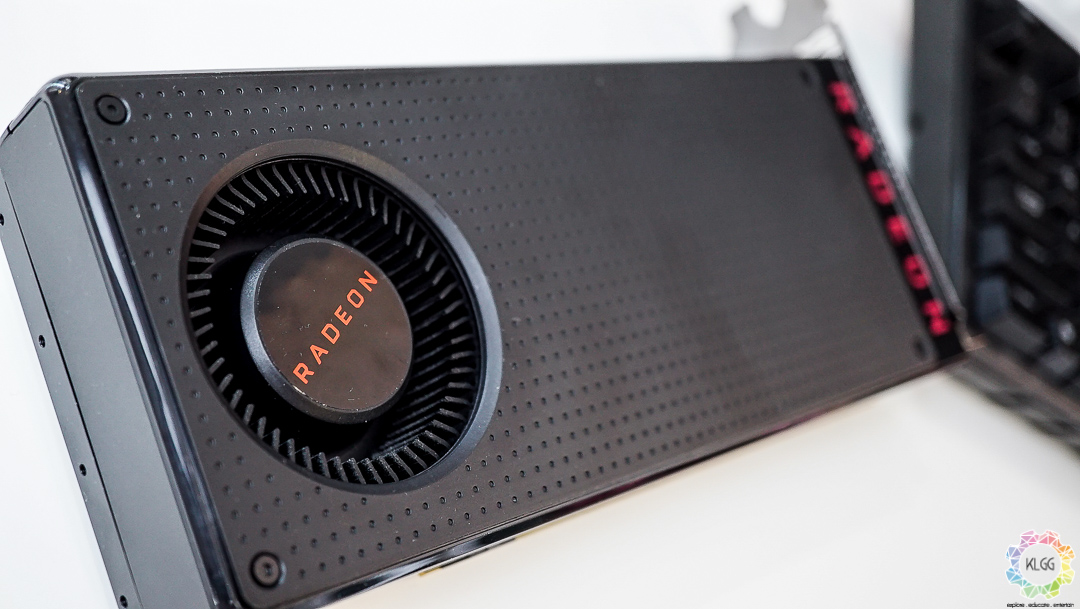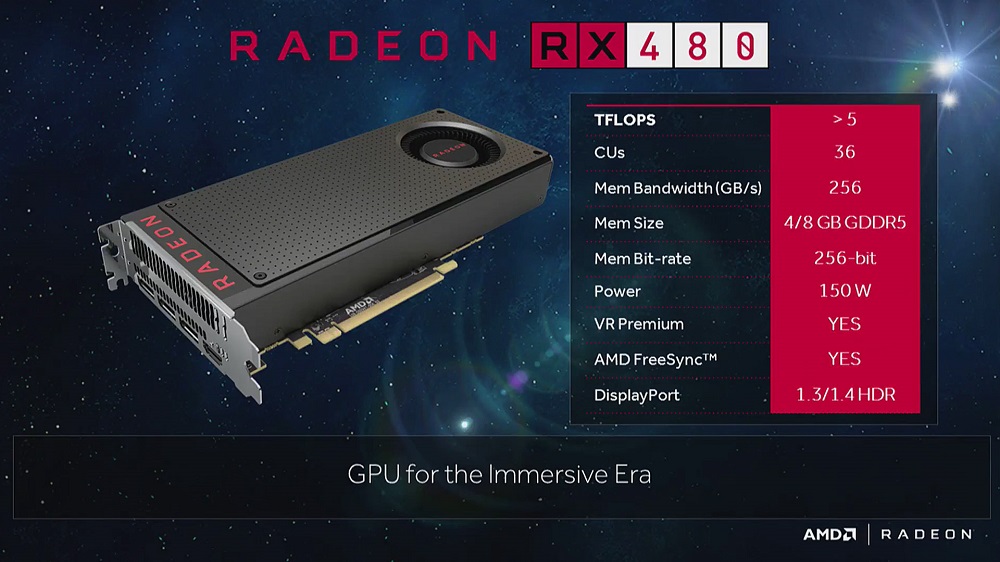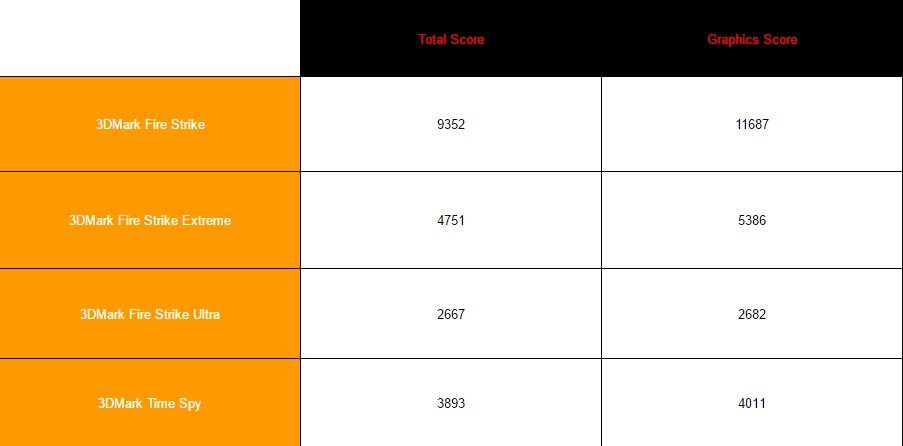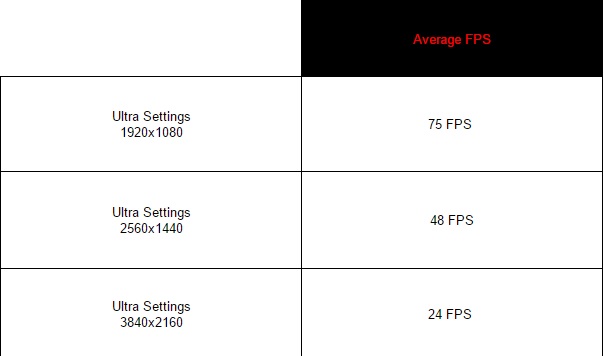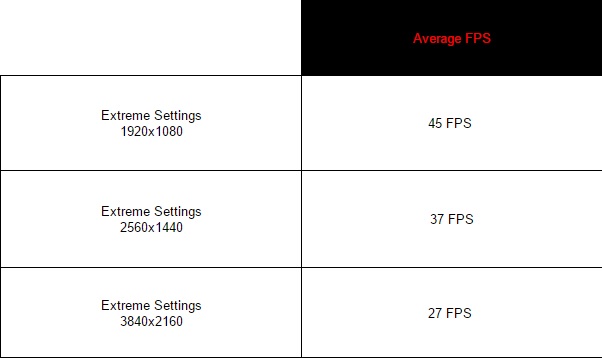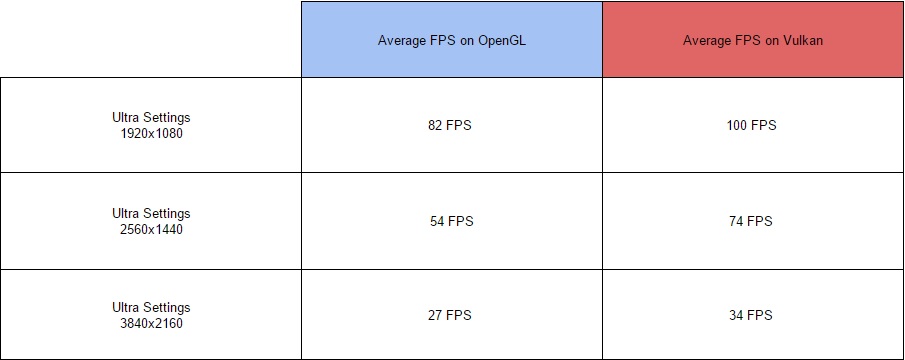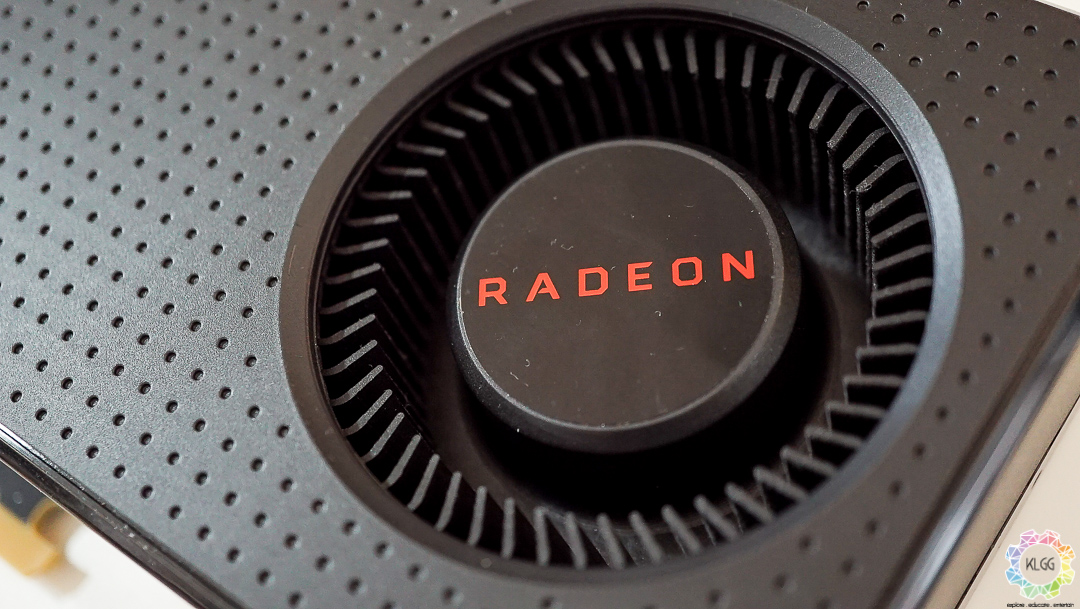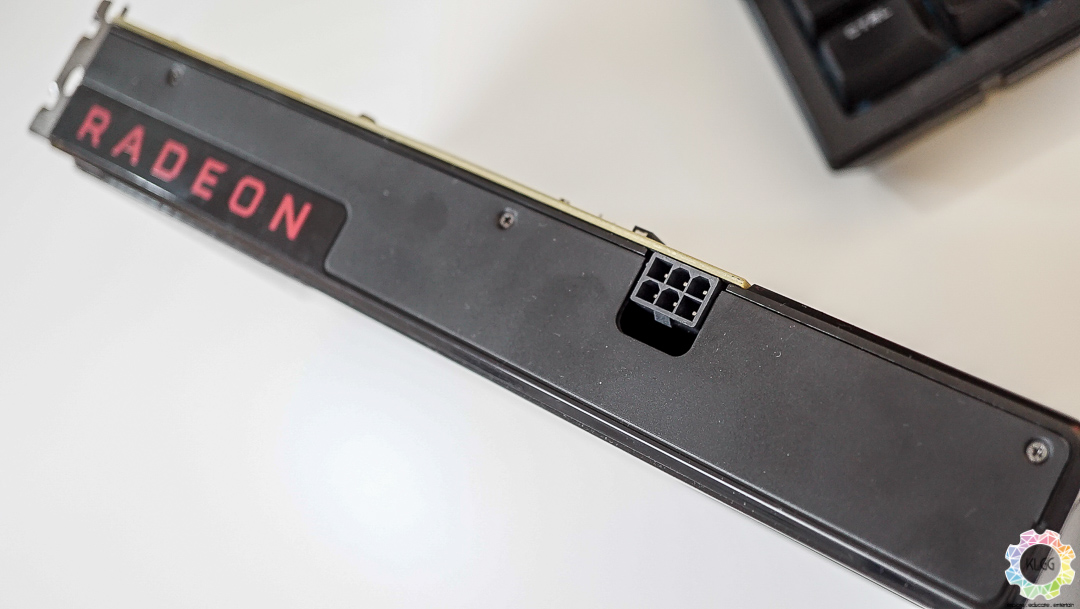Yes, we do know that we are kinda late with the review of the RX 480, with most of the reviews being out at the beginning of last month. However, being late does have its benefits, such as being able to see how AMD has fixed some of the problems that RX 480 had when it was first launched. Being late also means that I was able to add in an additional game to the benchmark that I’ve been itching to try out since it was first announced. Without further ado, let’s get right into the RX 480 review.
Design and Hardware
In terms of looks, the reference version of the RX 480 is rather muted when you compare it to the reference Nvidia cards. There’s no cool lighting on it, and no stylistic metallic designs or what-have-you. All you’re going to get is a functional black box with a fan located at the end of the card. Interestingly, much of the length of the RX 480 can be attributed to the cooler itself as the PCB isn’t all that long, being roughly around the length of the R9 Nano. Flipping it over, you’ll also notice that the reference RX 480 doesn’t come with a backplate.
For the outputs, AMD has decided to omit the DVI, opting instead for 3 DisplayPorts and a single HDMI port. While AMD’s decision to not put a DVI port on the reference RX 480 may sound like an unnecessary omission, do note that some, if not all, of the AIB cards would come with a DVI port, so you need not worry about that. For power, the RX 480 is powered by a single 6-pin PCIe Connector, but I’ll touch on that in a bit more detail later.
Test Bench Hardware Specifications
Processor: Intel Core i5 6600
Motherboard: ASUS Z170-K
RAM: Kingston HyperX Fury 8GB DDR4-2666MHz x 2
Storage: Kingston HyperX Fury 240GB SSD. Seagate ST4000VN000 4TB
OS: Windows 10 Home
Graphics Driver: AMD Radeon Crimson 16.7.1
Casing: CoolerMaster N300
AMD Radeon RX 480 Specifications
Synthetic Benchmarks
3DMark Benchmarks
Unigine Valley Benchmarks
Game Benchmarks
Battlefield 4 Benchmarks
Hitman Benchmarks
Ashes of the Singularity Benchmarks
As far as game benchmarks go, the performance of the RX 480 is pretty much what I expected it to be. 1080p gaming on both DirectX11 and DirectX12 is pretty much a non-issue for the RX 480 as almost all the games are able to manage an above 60 FPS in normal gameplay. Moving up to 1440p, the RX 480 performs decently as well, although if you’re looking to game at higher framerates, this is the part where you’ll stop maxing out the graphics settings and settling for High instead. I would not recommend gaming on 4K with the RX 480 though, as the card is nowhere near good enough to handle that one.
DOOM Benchmarks
Now, let’s move to the more intriguing game, DOOM. As many of you know, DOOM received an update during the middle of July that brings with it the Vulkan API. AMD has been boasting about how Vulkan will the Next Big Thing™. After testing DOOM on both OpenGL and Vulkan, I can somewhat safely say that Vulkan could potentially be a big deal for AMD, depending on whether or not other game companies embrace the API. In terms of framerates, the RX 480 performs better on the Vulkan API, recording an average increase of 15FPS, which is rather significant. But of course, DOOM is just one game. There is no telling whether the drastic performance improvement in DOOM would apply to other Vulkan-based games. The next one in line would be Deus Ex: Mankind Divided, but that game won’t be out for quite a while more, so I’m unable to test it.
Temperature and Power Consumption
The cooling on the reference version of the RX 480 isn’t exactly what I would consider the best. On idle, the RX 480 hovers around the 35-40 degrees celsius mark, which is pretty par for the course. On load though, the RX 480 heats up to worrying levels. The maximum recorded temperature that I saw the RX 480 hit was 85 degrees, a temperature which I consider dangerous. That said, this problem should be solved once the AIB cards come out, as most of them will come with their own coolers.
Moving on, many of you would know that the RX 480 was involve in a ‘controversy’ of sorts when some reviewers reported that the card has a power draw that exceeded AMD’s statement that says that the RX 480 would not have a TDP of above 150W. Well, shortly after the problem was discovered, AMD released Crimson version 16.7.1, which supposedly fixes the issue with power draw. This update also brought with it a new feature in the Crimson software called Compatibility Mode, a mode which allows you to reduce the total power of the card. After testing out the card both with Compatibility Mode on and off, I can say that without Compatibility Mode, the RX 480 still occasionally breaches the 150W, with my recorded highest being 166W. With Compatibility Mode on, the highest TDP reading I’ve gotten is 135W, which looks to be what AMD is aiming for. As for performance impact while in Compatibility Mode, most of the games tested above had single-digit FPS drops, which isn’t too big of a deal for me.
Overclocking
For overclocking, AMD has decided to include the tools to do so through their software driver. Said overclocking tool is called Wattman and it allows you to set the clock speed, fan speed and a few other parameters in order to get the most out of your card.
While the use of Wattman to overclock the card seems simple enough, I did run into an odd problem when it came to overclocking the RX 480. Whenever I try to overclock the card, the benchmarks following it, be it synthetic or otherwise, resulted in a loss of performance instead of an increase. I’ve heard that this is because the reference RX 480 does have a habit of downclocking itself, but I did not manage to find a way that prevents it from doing so. So basically, I didn’t manage to overclock the card, and as such, I can’t really write about this particular section. I apologize for my ineptitude.

